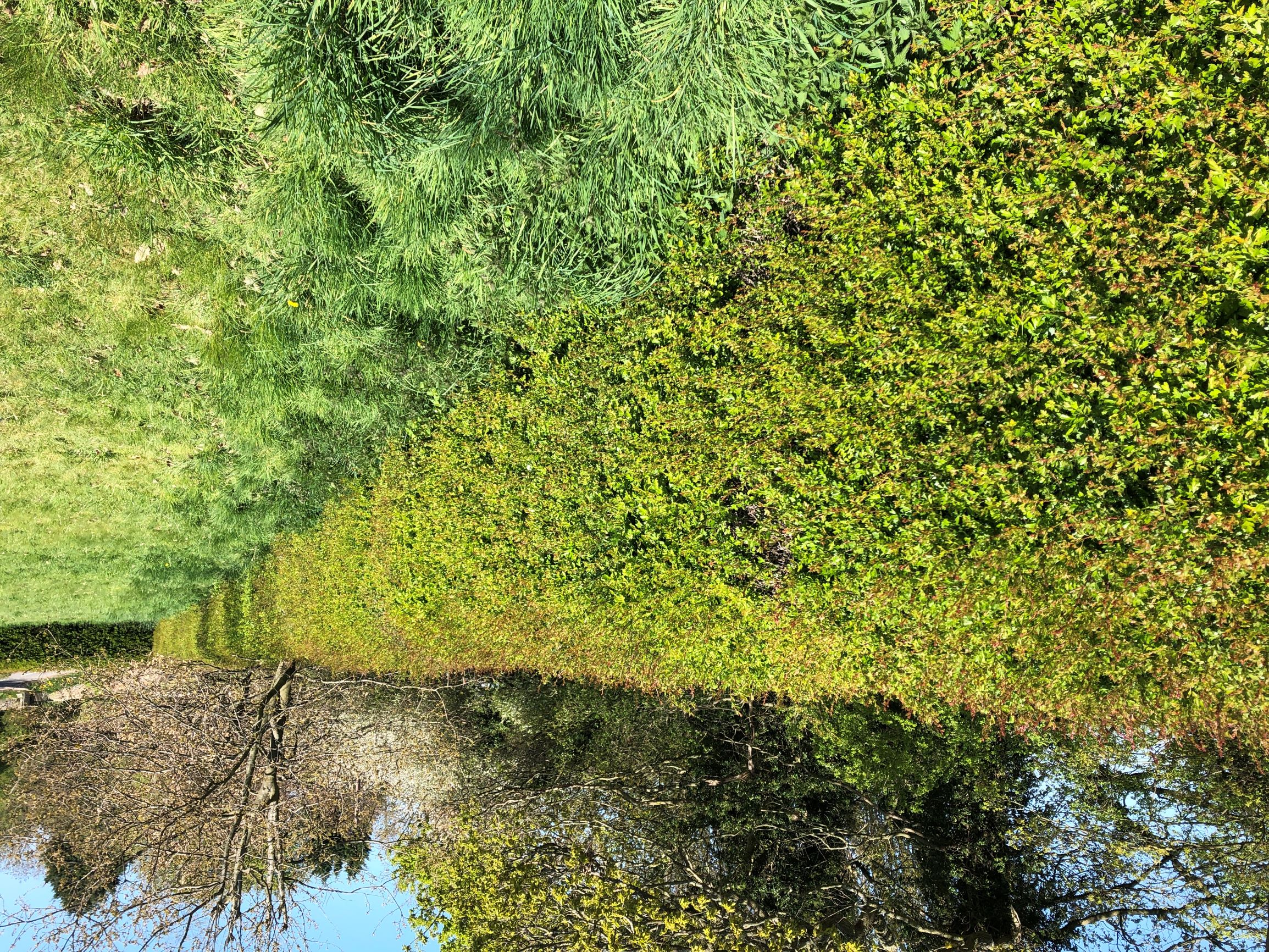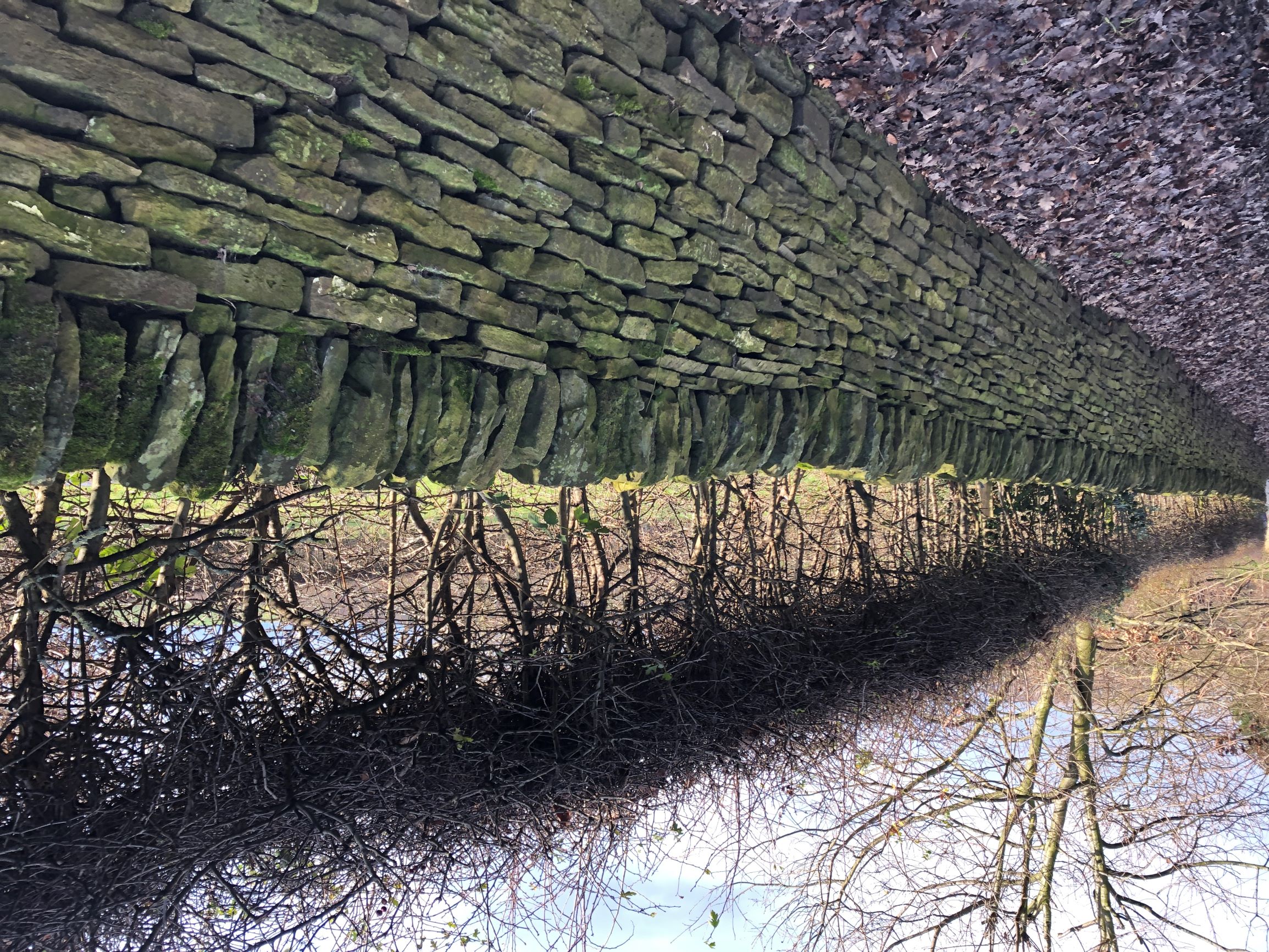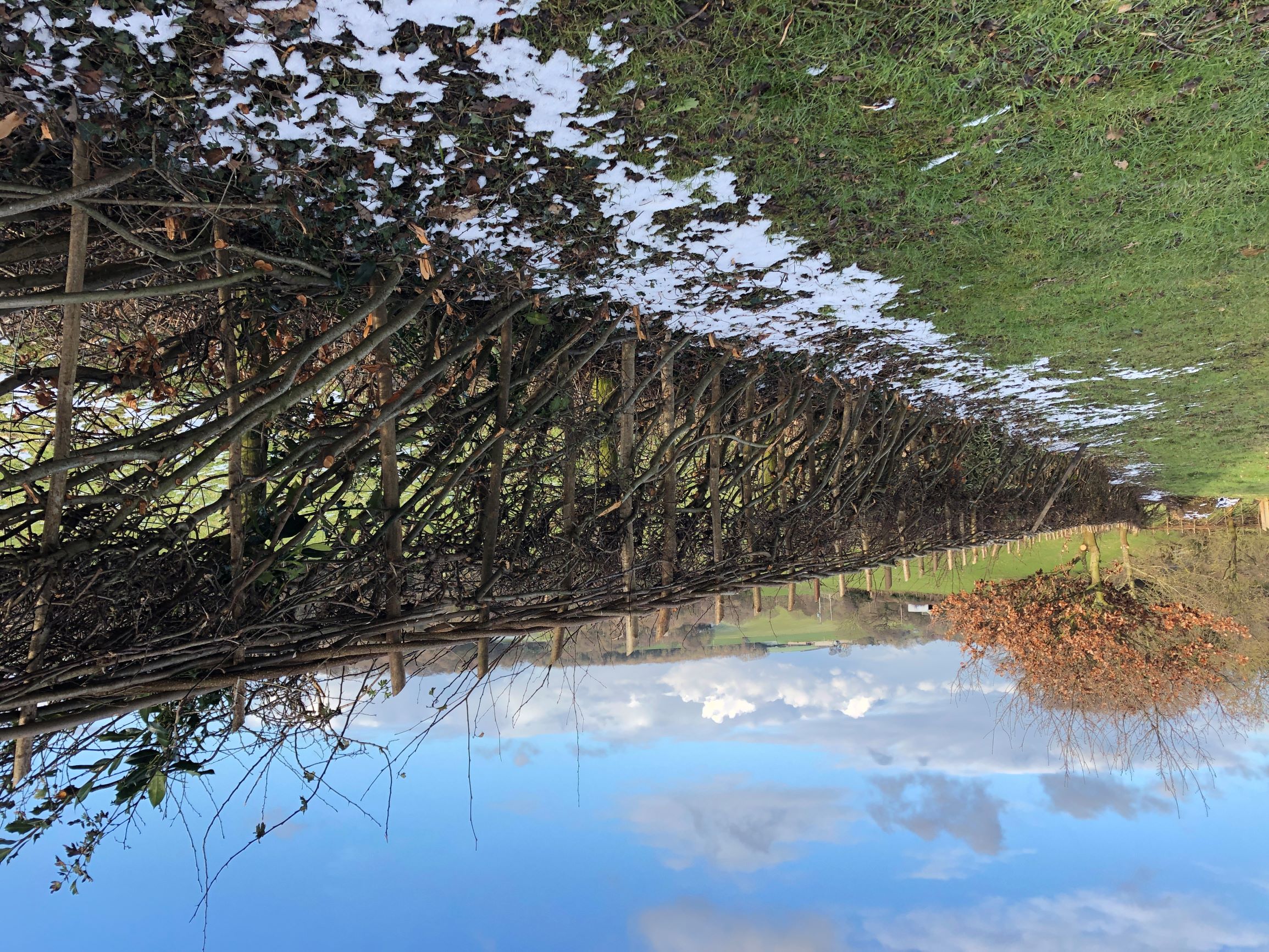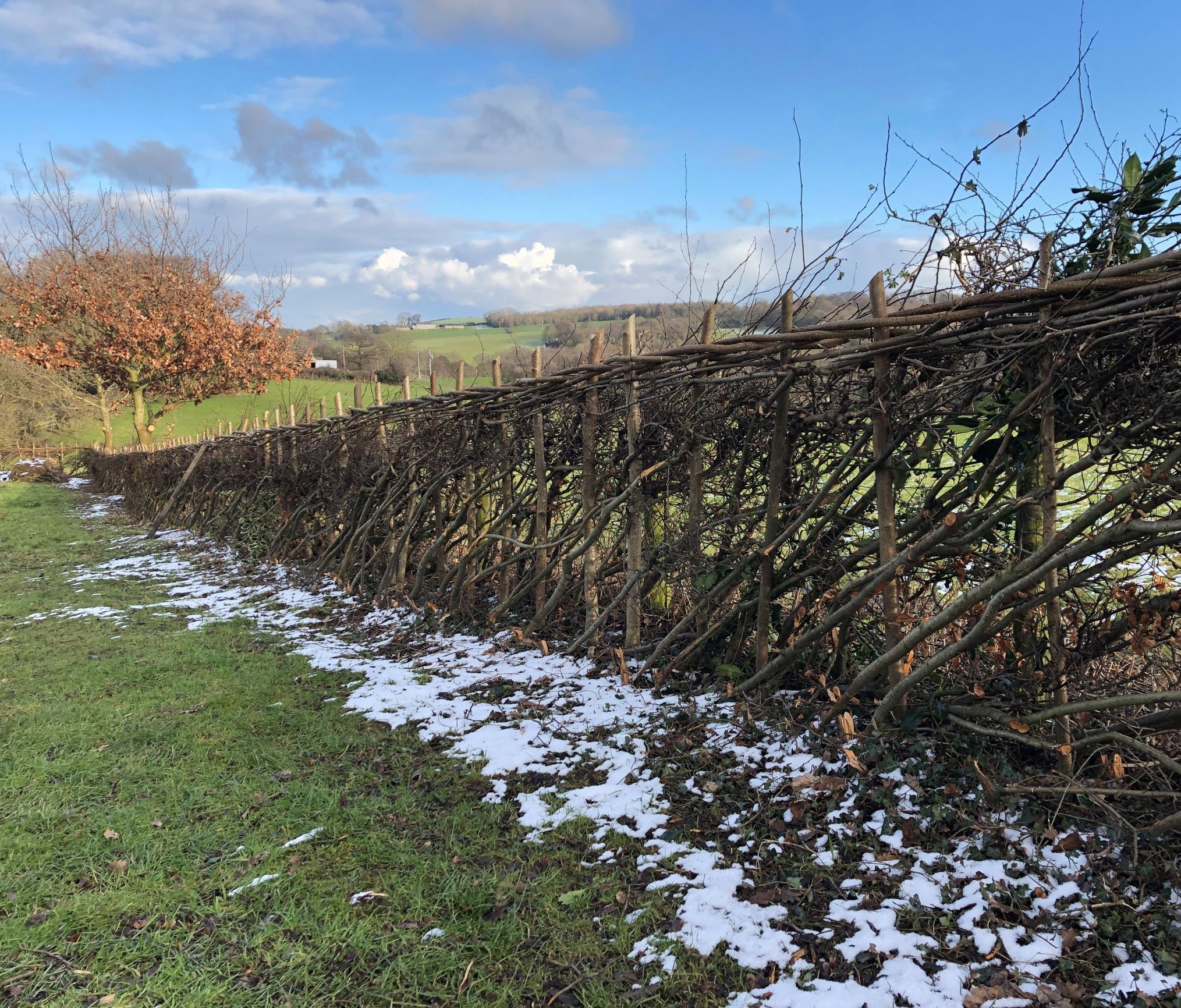Being lucky enough to have grown up in rural Yorkshire, with the countryside on my doorstep, there were certain things that you took for granted, one of those being hedgerows. Hedgerows were something that was there but that you never really noticed, I guess because as a child the only purpose for a hedgerow was to give you somewhere to hide or something to climb. The hedgerows I remember from growing up fell into four distinct categories:
- Large mature overgrown hedgerows that were basically a linear strip of woodland, these were great for climbing,
- Intensively managed field hedgerows that were usually cut into a low square shape and resembled a wall more than a hedge, these were great for hiding,
- Fragmented old field boundaries that were only identifiable as a hedgerow from the vague line of twisted and overmanaged hawthorn extending across fields, these weren’t good for climbing or hiding,
- And finally, garden hedgerows, tall blocks of privet or leylandii that were used to keep out prying eyes, these were also great for hiding but usually ended up with you getting shouted at by the owner of the hedge who’s garden you were inevitably hiding in.
Then there was hedgerow management, that was when you were out in the car with your parents and you got stuck behind the tractor that was slowly working its way along the road with its flail hanging out to one side turning the top of the hedgerow, and anything else that got close enough, into fast moving wooden shrapnel.
Having grown up but remained in a similar area of Yorkshire little has changed. The hedgerows that were intensively flailed remain that way but are now backed up with stock fencing because they no longer function as a stock proof hedgerow. The fragmented hedgerows barely exist anymore, still recognisable only from the sporadic twisted old hawthorn stumps scattered across the huge fields full of lush green sheep fodder. The garden hedges have mostly been replaced with fences to save the owners the hardship of occasionally cutting the hedges.
Sadly, hedgerows that once served a purpose are gradually being removed to create more open fields or are being replaced with cheaper and easier to maintain stock fencing. This may seem like a simple decision for the farmers, and I guess it is while there are no incentives to keep and maintain hedgerows, but what about wildlife? Hedgerows are a vital source of food and shelter for any number of species of animal, from foraging badgers that pass along the bottom of the hedgerow, wood mice and field voles that seek shelter and food from the variety of hedgerow plants and bats that forage on invertebrates along the hedgerows and use them for navigation, plus many, many more. Hedgerows also create connectivity throughout the countryside, without them it’s nothing more than a series of barren fields with occasional little islands of woodland and scrub.

In recent years we have been lucky enough to move back to a very rural location and we have a hedgerow that surrounds part of our property. When we purchased the house the hedgerow was about 10 years old, contained predominantly hawthorn with a little holly, and had been intensively managed, leaving it as a uniform block of intense green through the summer and open at the base through the winter with a tangle nest of branches at about head level. The hedgerow was ideal for the blue tits and sparrows, that used the hollow green shell as shelter, but left us a little frustrated because it needed constant management and we couldn’t diversify the hedgerow because it completely overshaded its base meaning we couldn’t add species to it.
Therefore, during early 2020 we decided something had to be done, and traditional management methods were the way we chose to go. We consulted a local hedgelayer, Philip Rowell and got some advice on how to proceed. We were advised to give the hedgerow a year to grow out and then it could be laid during the winter 2020/2021.

We were surprised from the start at how the hedgerow changed once we reduced the management. As the new shoots shot up the bird life in the hedgerow changed. Our group of goldfinches, that had never even looked at the hedgerow, were commonly found perched on the new shoots above the hedge while waiting their turn on the feeders. The greenfinches joined them, again having never been seen in the hedge before.
Following the year growing the hedgerow out our hedgelayer returned during January and early February 2021 to lay the hedge. Knowing that laid hedges are not regularly seen and therefore can be mistaken for the destruction of the hedgerow, because of how severe the laying looks to begin with, we expected some opposition to the work. The birds gave their seal of approval straight away, by immediately returning to the hedgerow to queue for their spot on the feeders. For the minute the goldfinches have gone back to their original stance of avoiding the hedgerow, although hopefully we can win them over once the hedge starts to grow in the spring.

Now the hedge has been laid the plans are to plant some more species in the hedgerow, and maybe a few more trees. The hedge will then be allowed to grow naturally, in the hopes that the trees flower in the spring and fruit in the autumn, which they couldn’t manage while the hedge was being regularly managed. Management will be reduced a one cut a year, if that, leaving time in the summer to appreciate the garden rather than spend time managing it. We hope that given some time we can return the hedgerow to a more natural look that will benefit us but also provide a habitat for a wide range of wildlife.
I’ll write another blog at the end of the season to show how the hedge has established and to update whether we have won the goldfinches back over and what other wildlife we have attracted to the garden.
